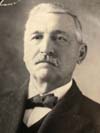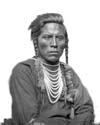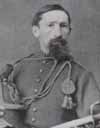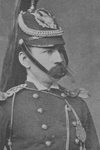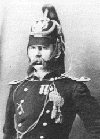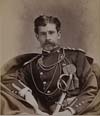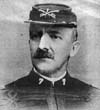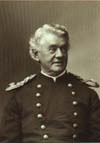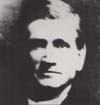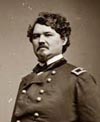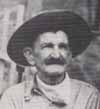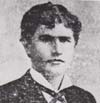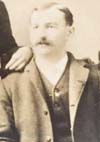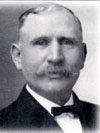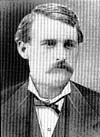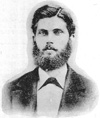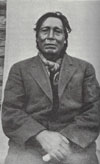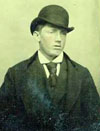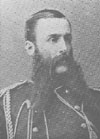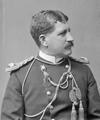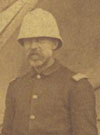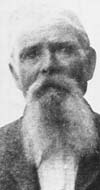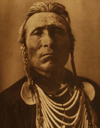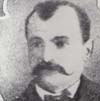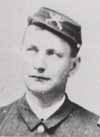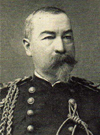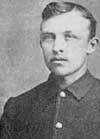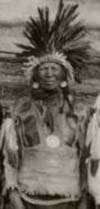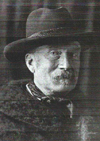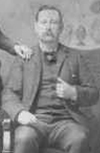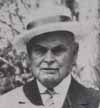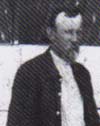Let us honor all who lost their lives on June 25 and 26, 1876, at the Battle of the Little Bighorn: Soldiers, Warriors, Civilians, and Scouts.
Chased By Owls (Hinhan Okuwa), a Two Kettle Lakota, was killed on June 25, 1876, during the valley fight.
Cloud Man (Mahpiya Wicasa), a Sans Arc Lakota, died on June 25, 1876, during the battle while fighting Custer’s Column.
Olans H. Northeg, whose birth name was Olaus Hansen Nordeeg, was born on June 26, 1841, in Nannestad, Akershus County, Norway. He was a Sergeant with Company G who was in the valley and hilltop fights during the battle. See also 7th Cavalry Troopers in South Dakota.
Cornelius Bresnahan died as a result of a railroad accident on June 26, 1901, and was buried in the North Cambridge Catholic Cemetery in North Cambridge, Massachusetts. He was a Private with Company K who participated in the hilltop fight.
Breech Cloth (Miyapahe), a Minniconjou Sioux, was killed on June 26, 1876, while fighting on Reno Hill.
Black Wasichu or Black White Man (Wasicun Sapa), an Oglala Sioux, was wounded during the Custer fight and later died on June 27, 1876.
On June 28, 1876, Curly (Ashishishe) (left), a member of the Crow tribe, tried to tell Captain Marsh (right) about the battle. Curly was a Scout with Custer’s Column.
Thomas W. Stivers died in a gunfight on June 28, 1877, in Kingston, Kentucky, and was buried in the Richmond Cemetery in Richmond, Madison County, Kentucky. He was a Private in Company D who participated in the hilltop fight. He was awarded the Medal of Honor posthumously for bringing water to the wounded during the battle.
John Joseph Hackett married Esther Smith on June 28, 1902. He was a Private in Company G who participated in the valley and hilltop fights. He was wounded in his left arm.
George Daniel Wallace (left) was born in York County, South Carolina, on June 29, 1849. He was a Second Lieutenant who commanded Company G during the valley and hilltop fights. He was killed at Wounded Knee on December 29, 1890.
William B. Crisfield (right) married Mary Pauline Blanchstone on June 29, 1865. They had three sons. He was a Private with Company L who was killed with Custer’s Column. Several months after his death, his wife married Martin Personeus who also was a Private in Company L but was not present at the battle due to detached service at Fort Abraham Lincoln, Dakota Territory.
The steamer Far West received 54 wounded soldiers from the Battle of the Little Bighorn on June 30, 1876.
Benjamin Hubert Hodgson (left) was born on June 30, 1848, in Philadelphia, Pennsylvania. He was a Second Lieutenant for Company B who was the Acting Adjutant for Reno’s Column. He was killed in the valley fight.
Conrad Farber married Jennie Jones on July 1, 1879. He was a private in Company I who was not present at the battle because he was serving as a carpenter in the quartermaster department barn in St. Paul, Minnesota.
